In today’s world, data is everywhere. We use data to make decisions, whether it’s choosing the best route to work, figuring out what to watch on Netflix, or even making big business decisions. But there’s a catch – data can sometimes be biased. And that bias in generative AI is what we’re going to chat about today.
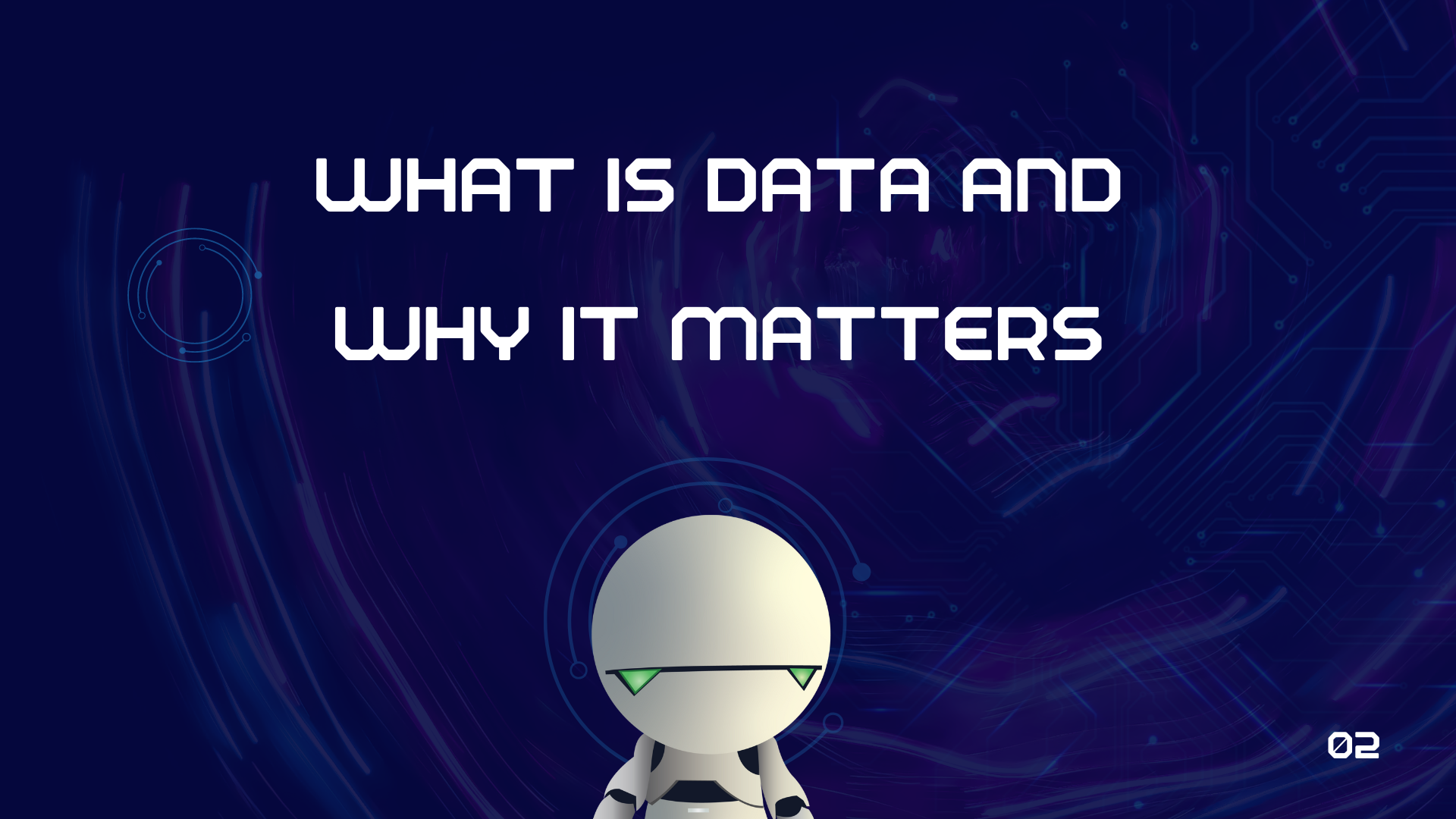
What is Data?
First things first, what is data? In simple terms, data is just information. It can be numbers, words, pictures, or any other form of information. For example, when you fill out a form with your name, age, and address, you’re providing data. When you post a photo on social media, that’s also data.
Understanding Bias in Generative AI Models
Now, let’s talk about bias. Bias is when something is unfairly weighted or skewed in one direction. It’s like having a favourite child – if you always give one child more candy than the others, that’s being biased. In the same way, data can be biased if it doesn’t represent the whole picture.
What Types of Data are Used to Train AI Art Generators, and How Might Biases in This Data Impact the Generated Art?
AI art generators use a wide variety of data to learn how to create images. This data includes millions of pictures from the internet, art collections, and sometimes specially curated datasets. These pictures show different styles, subjects, and techniques, helping the AI understand what art looks like.
However, the data can be biased. For example, if most of the pictures used to train the AI are of Western art, the AI might not do a good job at creating art that reflects other cultures. Mr. Christopher Pappas, Founder of the eLearning Industry explains, “AI art generators are trained using extensive datasets that include thousands of images spanning various artistic styles and historical periods. The breadth and diversity of these datasets are crucial because they directly influence the art that the AI produces. If the training data skews towards a particular style, region, or period, the AI’s output will reflect that bias. If an AI is predominantly trained in Renaissance paintings, its generated art will likely carry that era’s distinct characteristics and nuances.”
Mr. Michael Hess, cybersecurity expert and Senior Analyst at Code Signing Store. adds, “A range of data formats, including pictures, drawings, and paintings, as well as less common data like biographies of artists, art history books, and even catalogs of museum exhibitions, are used to train AI art generators. These extra sources give context, which enables the AI to comprehend not only the artistic elements themselves but also the cultural and historical significance of their creation.
This data may be biased for several reasons. Curators’ opinions, for instance, can reflect biases in taste, cultural background, or historical interpretation when choosing which artworks to include in a dataset. Furthermore, biases can be introduced by the digitization process itself, since certain
Udemezue John, a digital entrepreneur, says, “AI art generators are fueled by massive amounts of imagery. I’m talking paintings, sculptures, photographs – you name it!
This data teaches the AI about artistic styles, compositions, and visual elements. It’s like showing a child a giant art textbook.
Here’s the catch: if that textbook is filled with mostly Western landscapes or portraits of a specific ethnicity, the AI will reflect those biases.
The generated art might favour certain styles or portrayals unintentionally.”
How Can Issues of Underrepresentation or Misrepresentation in Training Data Be Addressed?
To address these issues, it’s important to have a diverse and representative dataset. This means including art from various cultures, time periods, and styles in the training data. It’s also crucial to have experts from different backgrounds review the data to ensure it’s balanced and fair.
Mr. Christopher Pappas suggests, “To tackle the problem of underrepresentation or misrepresentation in AI-generated art, it’s vital to curate the training datasets with a focus on diversity. This involves including artworks from various cultures, genres, and forms to ensure a more comprehensive understanding of global art. Developers and researchers must actively seek and incorporate art from traditionally underrepresented groups and artists, enriching the AI’s learning material. Regularly updating and reviewing these datasets can minimize biases and enhance the representativeness of AI-generated art.”
Mr. Michael Hess points out, “In order to tackle the problem of underrepresentation or misrepresentation in training data, experts are investigating different approaches. One technique is adversarial training, in which biases in the output of the main AI are found and corrected by means of a separate AI. Another strategy is to intentionally search out and include artworks from underrepresented artists or cultures in order to add different perspectives to the dataset.”
Udemezue John adds, “So, how do we fix this? We need to diversify the training data! Imagine including art from all corners of the globe, across periods, and encompassing various artistic movements.
This creates a richer learning experience for the AI, promoting fairer representation.”
What Are the Potential Risks of Perpetuating Harmful Stereotypes or Biases Through AI-Generated Art?
When AI-generated art reflects biases, it can reinforce harmful stereotypes and spread misinformation. For example, if an AI consistently portrays certain groups in a negative light or ignores them altogether, it can contribute to societal prejudices.
Mr. Christopher Pappas warns, “There’s a significant risk that AI art generators can perpetuate and even amplify existing stereotypes if they’re not carefully managed. This happens when AI systems are trained on biased data that reflect stereotypical or prejudiced views. For instance, if an AI is trained on datasets containing biased representations of gender or race, its outputs are likely to perpetuate these biases. To mitigate these risks, developers must implement ethical guidelines and use balanced datasets. Additionally, involving diverse teams in the development and training processes can provide multiple perspectives that help identify and correct biases before they become entrenched in the AI’s behavior.”
Mr. Michael Hess emphasizes, “There is a serious risk that AI-generated art will reinforce negative stereotypes or biases. An AI may unintentionally perpetuate preconceptions or misconceptions related to a given cultural or historical setting, for instance, if it is trained on a dataset that primarily consists of artwork from that culture. This may have unfavourable effects, strengthening pre existing prejudices and possibly hurting people or communities.
Researchers are creating methods to identify and reduce biases in AI-generated art in order to mitigate these concerns. One strategy is to utilise explainable AI, which gives researchers insights into the AI’s decision-making process and makes it easier to spot and address biases. To make sure that AI-generated art represents a variety of viewpoints and experiences, researchers are also investigating the use of varied datasets and cooperative methodologies.”
Udemezue John explains further, “The risk of perpetuating stereotypes is real. Imagine an AI constantly shown images where a particular race is portrayed in a negative light. Its creations might subconsciously reflect that bias.
That’s why ensuring a balanced and inclusive data pool is crucial for responsible AI art generation.”
How Does Bias Get Into Data Through Prompt?
Imagine you’re gathering information from different places, like websites or surveys, to make an image generator work better. But hold up, there’s a twist. Sometimes, the data you collect might not represent everyone equally. It’s like if you only asked people in one city what their favorite food is, you’d miss out on what people in other places like. When you input a prompt, the AI’s depiction of the result can often reflect deep-seated biases present in its training data. That’s how bias sneaks in. Now, picture this: in 2023, OpenAI launched DALL-E, an image generator that uses fancy algorithms and artificial intelligence to create all sorts of pictures. But here’s the catch: if the data it’s fed is biased, the images it churns out might not show everyone equally. It’s like if you teach a robot to paint, but only show it pictures of apples, it’s gonna think everything needs to be red and round! So, when we talk about bias in data, it’s like we’re shining a light on how the stuff we put into these algorithms can affect the pictures they spit out. It’s a journey, and sometimes we gotta stop and check if we’re heading in the right direction
There are many ways bias can sneak into data. Here are a few common ones:
- Collection Bias: Imagine you’re conducting a survey about internet usage, but you only ask people in cities with high-speed internet. The results will be biased because they don’t include people in areas with poor or no internet.
- Sampling Bias: Let’s say you want to find out what Indian people think about cricket, but you only ask people in Mumbai. Your data will be biased because it’s not representative of the whole country.
- Observer Bias: This happens when the person collecting the data has a bias. For example, a researcher might unconsciously ask questions in a way that leads people to answer a certain way.
- Confirmation Bias: This is when people look for data that confirms what they already believe. If you think one brand of phone is the best, you might only pay attention to data that supports your opinion and ignore data that doesn’t.
Why is Bias in Data a Problem?
So, why is bias in data such a big deal? Think about it like this: if you’re teaching a computer to do something, like make pictures of people, you want it to be fair, right? But if the data you use to teach it only shows one type of person, like say, mostly men, then the pictures it makes might only show men too. That’s not cool! It’s like if you’re baking a cake but only put in sugar, no flour or eggs. It’s not gonna turn out right.
Now, imagine this: Bloomberg reported how AI image generators like stable diffusion and DALL-E 2 can churn out thousands of images of women. But if the data set it’s using is biased towards showing women doing certain things, like cooking or cleaning, it’s gonna keep making those kinds of pictures. And that just ain’t fair! We want our generative AI tools to show a diverse range of people doing all sorts of stuff, not just sticking to old stereotypes.
So, when we talk about bias in data, we’re shining a light on how it can affect the pictures AI systems make, and why it’s important to make sure our datasets represent everyone equally.
How unfair info hurts people
Unfair information can seriously hurt people by reinforcing the worst stereotypes and creating a distorted view of reality. When artificial intelligence image tools like Stability AI or MidJourney generate biased images, they spread harmful ideas. For instance, an algorithmic caption produced by Chat GPT might unintentionally highlight negative traits or misrepresent a group. This kind of biased output affects how we see the world and can perpetuate inequality. In the art scene, using such flawed AI tools can mean that harmful stereotypes get more attention, impacting real people’s lives negatively.
How Can We Reduce Bias in Data?
let’s talk about how to tackle this bias beast in data. One way is to mix it up, like adding more ingredients to a recipe. We can make sure our datasets include a variety of people from different backgrounds, not just one type. That means more ai generated images of Asian women, light-skinned folks, and people doing all sorts of things. Tech companies like AI Now Institute are working on this, promoting fairness in AI image generation. Another trick is to keep an eye out for any sneaky bias in ai creeping into our algorithms. It’s like how you taste-test your food while cooking to make sure it’s just right. By regularly checking and tweaking our AI systems, we can make sure they’re not spitting out sexist or racist images. It’s all about keeping things fair and square in the world of AI!
Reducing bias in data isn’t always easy, but it’s very important. Here are some ways we can do it:
- Diverse Data Sources: Make sure you’re collecting data from a wide range of sources. This helps to get a more balanced view.
- Random Sampling: Use random sampling methods to select your data. This means every individual has an equal chance of being included in the sample.
- Blind Data Collection: Try to collect data in a way that the person collecting it doesn’t know the expected outcome. This helps to avoid observer bias.
- Check for Bias: Always check your data for signs of bias. Look at the data critically and see if it represents the whole picture.
- Transparency: Be open about how you collected the data and any limitations it might have. This helps others understand and trust your data.
Is Fair Data Possible? The challenge of getting things right
Here’s the real deal on why achieving fair data is a challenge:
- Kinds of Bias: Bias creeps into data like uninvited guests at a party. It can be as subtle as a nudge or as loud as a siren. From racial bias to gender bias, it’s everywhere, making it hard to sift through data without stumbling upon some sort of prejudice.
- Realistic Image Creation: Think about it. When AI generates images, it’s like going on a road trip without a map. You might end up somewhere unexpected. AI can churn out images like a factory, but ensuring they don’t perpetuate harmful stereotypes or sexualized content is a tough nut to crack.
- Feedback Loops: Picture this: you feed an AI image generator a bunch of data, and it spits out images based on what it learned. But if that data is already biased, guess what? The images will be too! It’s like a never-ending cycle, where bias begets bias.
- Inequality in Image Production: In the good ol’ U.S. of A, where AI’s like DALL-E and midjourney are making waves, the majority of images they produce can unintentionally reinforce stereotypes or categorize people into narrow boxes. It’s like trying to paint a realistic picture with a brush dipped in bias.
- Pornographic Pitfalls: Let’s not beat around the bush. When AI-generated art veers into the realm of adult content, it’s a recipe for disaster. Not only does it perpetuate harmful stereotypes, but it also raises serious ethical concerns about consent and decency.
So, is fair data possible? It’s a journey, A journey where we navigate through the murky waters of bias, one pixel at a time. But hey, as long as we’re aware of the pitfalls and keep striving for better, there’s hope for a future where AI-generated art reflects the diverse tapestry of humanity without reinforcing harmful stereotypes or inequalities.
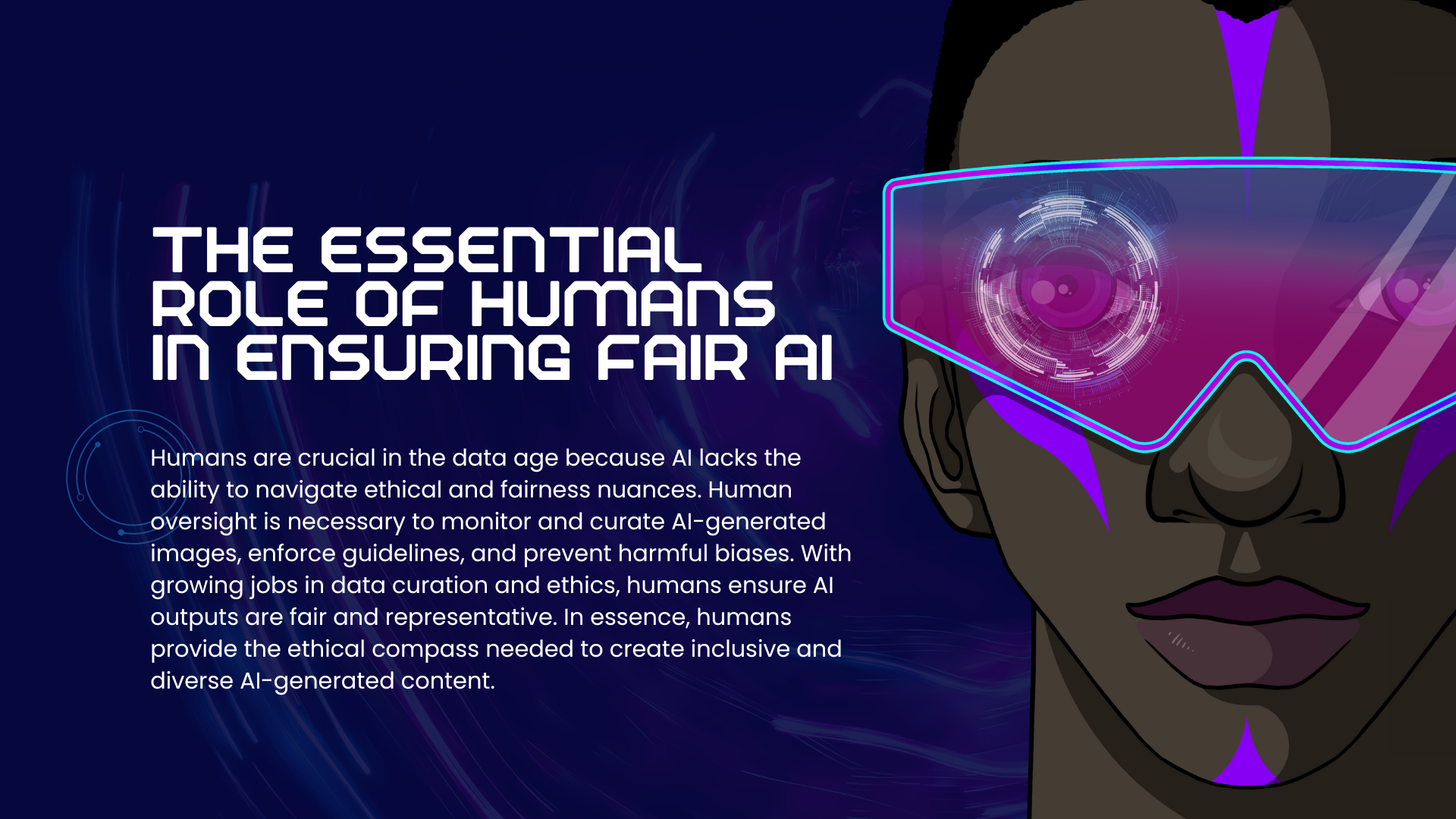
Why humans are important in the data age
Why are humans so crucial in the data age? It’s simple – while AI can process and produce images at lightning speed, it lacks the human touch needed to navigate the nuances of ethics and fairness.
First, when using text-to-image generators like Midjourney, millions of labeled images are fed into the system. Without human oversight, these images can reflect and amplify biases. For instance, job titles might get associated with lighter skin tones, creating a skewed perception that’s more extreme than in the real world. This is why humans must carefully monitor and curate the images generated, ensuring they don’t perpetuate harmful stereotypes.
Second, the terms of service for many AI tools often lack stringent guidelines to prevent potentially harmful outputs. Humans are needed to enforce and update these guidelines, adapting to new evidence of racial or other biases. It’s a continuous process to refine and improve how these tools are used.
Finally, the Bureau of Labor Statistics shows that many jobs in data curation and ethics are growing. This is because, as we rely more on AI-generated images, the need for human oversight becomes even more critical. Humans can judge context and nuance in ways that AI still can’t, ensuring that the images created are fair and representative.
In short, humans are indispensable in the data age. They provide the ethical compass needed to steer AI towards fairness and inclusivity, making sure that the images and data we generate reflect the diverse world we live in.
Conclusion: Taking Action and Shaping the Future of Fair AI
Before diving into our call to action and future outlook, it’s crucial to understand how the foundation of AI’s bias is built. The models are trained on vast datasets, and in data science, the way these datasets are curated can lead to problems. For instance, diffusion models like those used by Sasha Luccioni at Hugging Face may learn biased patterns if the data itself is flawed. This can result in AI systems categorizing people unfairly, reflecting specific language and stereotypes that they should avoid. E.g. if a model is trained on biased data, it may generate skewed representations of different communities, further perpetuating inequality.
A Call to Action
It’s high time we took a stand against the bias creeping into our data and images. Whether it’s through tools like Midjourney and DALL-E or others using Stable Diffusion, the images returned often reflect a lack of diversity. This isn’t just a tech issue; it’s a social one. We need to demand better from the creators of these AI systems and work towards data practices that promote fairness. By addressing the racist and sexist biases present in machine-learning models, we can start to create a more inclusive digital world.
A Look Forward
Looking ahead, we have the power to make a huge impact in shaping the future of AI and data. Imagine if platforms like TikTok, data repositories like Hugging Face, and datasets like LAION-5B actively worked to eliminate bias. Take the example of a Fortune 500 CEO, if we can ensure that images across the web reflect true diversity, we can inspire real-world change. By continuing to ask tough questions and push for unbiased data, we can create a world where technology truly represents all of us. The future is bright if we stay committed to this path.



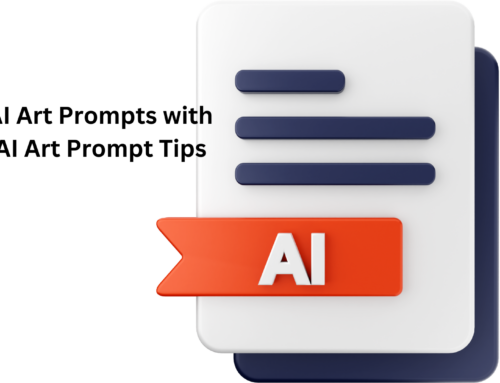
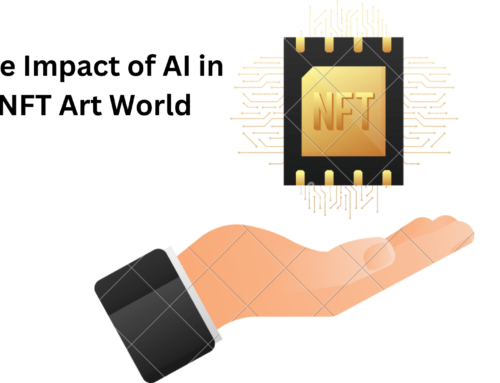
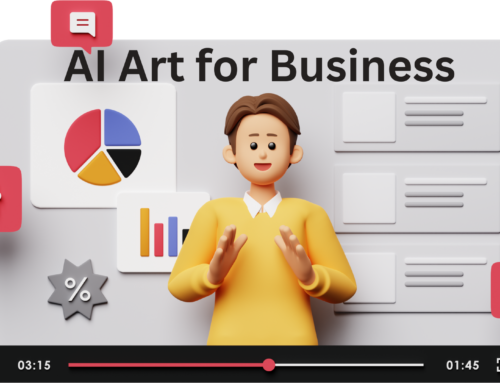


Leave A Comment